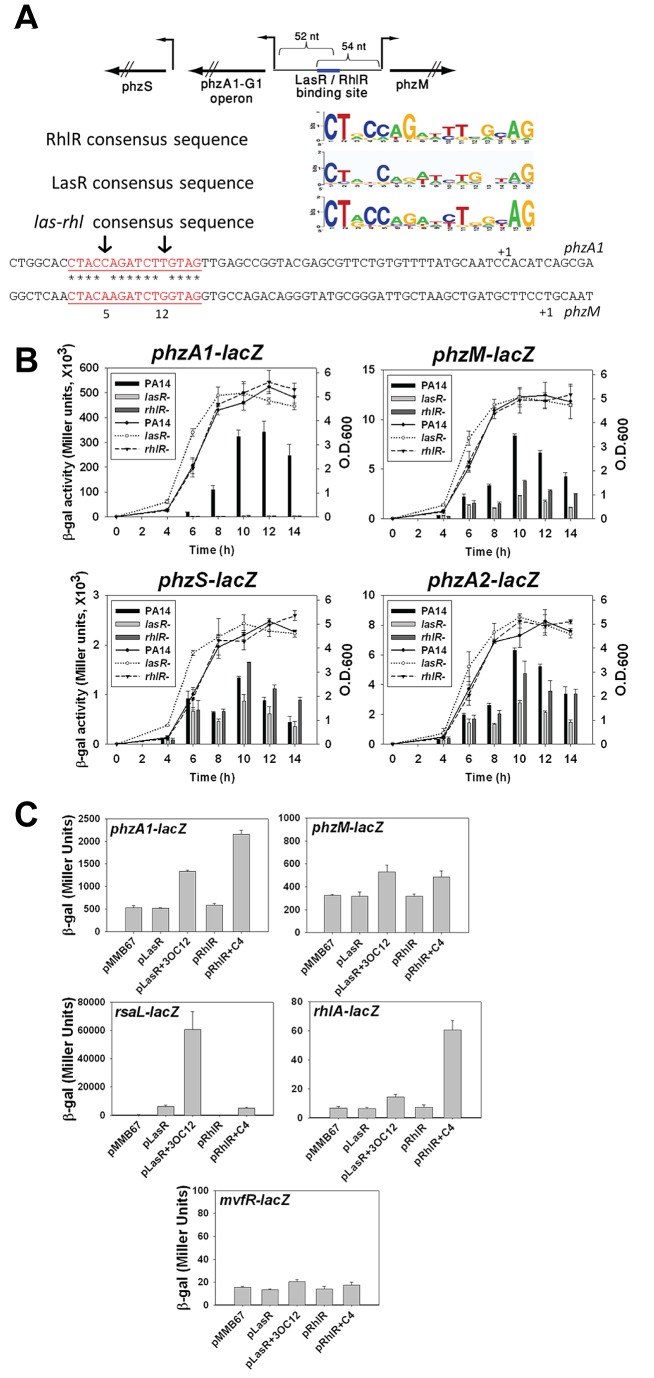Figure 5. Role of LasR and RhlR in regulating the biosynthesis of pyocyanin.
(A) The location of the LasR and/or RhlR binding sites are presented on top. Binding sequences are highlighted in red, asterisks in the binding sequences represent nucleotide identity between the forward and reverse sequences of the palindromic binding site; non-identical positions are marked with arrows. Also shown are the consensus sequences recognized by LasR, RhlR and the sequence of the LasR-RhlR box taken from previous studies [63], [65], [90]. (B) Growth (lines) and activities of the lacZ reporter (bars) fused to various promoters fragments of the phz operon in wild-type P. aeruginosa PA14, ΔlasR and ΔrhlR strains. (C) Promoter activity in E. coli; (i) a fusion of a promoter fragment and lacZ transcriptional reporter (indicated in the upper left corner of the panel) and (ii) plasmid expressing either lasR (pJTT201, indicated as pLasR) or rhlR (pJTT202, indicated as pRhlR), or the empty vector pMMB67 [73]. The acyl-homoserine lactones 3OC12-HSL (2 µM) and C4-HSL (10 µM) were added as indicated. The rsaL promoter previously shown to directly bind LasR was used as a positive control while a fragment containing the mvfR gene's promoter served as the negative control.

